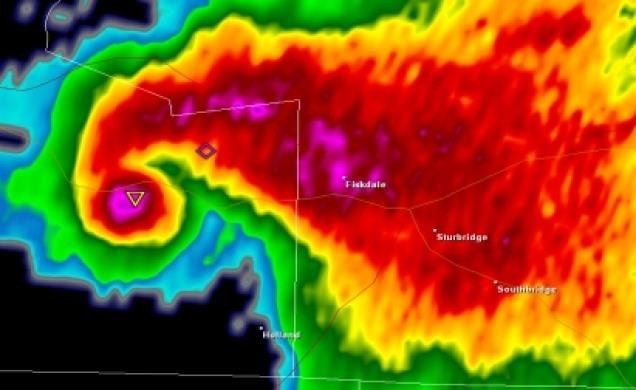-
Posts
77,947 -
Joined
-
Last visited

weatherwiz replied to Ginx snewx's topic in New England

weatherwiz replied to Ginx snewx's topic in New England

weatherwiz replied to Ginx snewx's topic in New England

weatherwiz replied to Ginx snewx's topic in New England

weatherwiz replied to Ginx snewx's topic in New England

weatherwiz replied to Ginx snewx's topic in New England

weatherwiz replied to Ginx snewx's topic in New England

weatherwiz replied to Ginx snewx's topic in New England

weatherwiz replied to Ginx snewx's topic in New England

weatherwiz replied to Ginx snewx's topic in New England

weatherwiz replied to Ginx snewx's topic in New England

weatherwiz replied to Ginx snewx's topic in New England

weatherwiz replied to Ginx snewx's topic in New England

weatherwiz replied to Ginx snewx's topic in New England

weatherwiz replied to Ginx snewx's topic in New England

weatherwiz replied to Ginx snewx's topic in New England

weatherwiz replied to Ginx snewx's topic in New England

weatherwiz replied to Ginx snewx's topic in New England

weatherwiz replied to Ginx snewx's topic in New England

weatherwiz replied to Ginx snewx's topic in New England

weatherwiz replied to Ginx snewx's topic in New England

weatherwiz replied to Ginx snewx's topic in New England

weatherwiz replied to Ginx snewx's topic in New England

weatherwiz replied to Ginx snewx's topic in New England

weatherwiz replied to Ginx snewx's topic in New England

